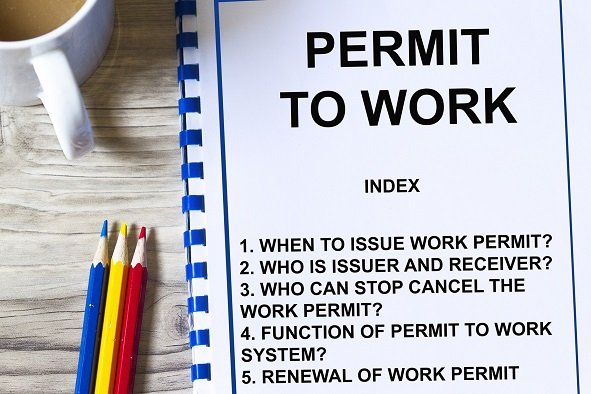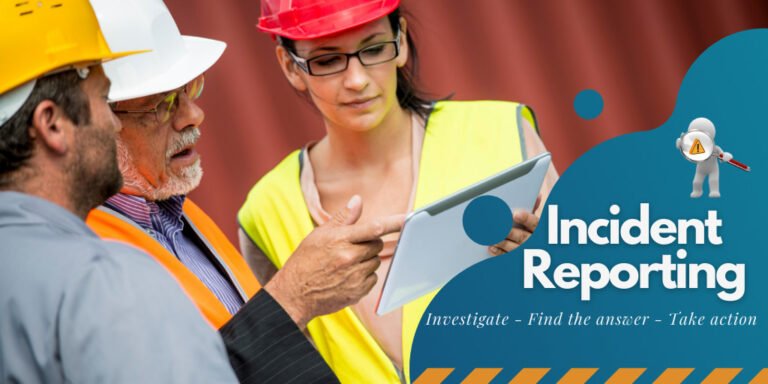Dust and Airborne Contaminants – 12 Modules | One Day USD: 150/- and Two Day USD: 250/- Per Pax.
Description
Module 1: Introduction to Dust and Airborne Contaminants
- Definition and types of airborne contaminants
- Sources in workplaces and industrial processes
- Importance of control for health and regulatory compliance
Module 2: Types of Dust and Particulates
- Mineral dusts, metal dusts, wood dust, and silica
- Biological dusts: mold spores, bacteria, allergens
- Chemical dusts and fumes
Module 3: Health Effects of Dust Exposure
- Respiratory diseases: asthma, silicosis, pneumoconiosis
- Skin and eye irritation
- Long-term occupational illnesses
Module 4: Airborne Gases and Vapors
- Volatile organic compounds (VOCs), fumes, and aerosols
- Toxic gases and chemical vapors
- Effects on health and productivity
Module 5: Routes of Exposure
- Inhalation, skin contact, and ingestion
- High-risk tasks and environments
- Monitoring exposure pathways
Module 6: Regulatory Standards and Compliance
- OSHA permissible exposure limits (PELs)
- National and international air quality regulations
- Documentation and reporting requirements
Module 7: Control Measures – Engineering
- Ventilation systems: local exhaust and general ventilation
- Dust collection systems and air filtration
- Enclosures and process modification
Module 8: Control Measures – Administrative
- Work scheduling and rotation
- Housekeeping and cleaning practices
- Training and awareness programs
Module 9: Personal Protective Equipment (PPE)
- Respirators, masks, and protective clothing
- Selection based on contaminant type and concentration
- Proper usage, maintenance, and replacement
Module 10: Monitoring and Measurement
- Air sampling techniques and instruments
- Continuous monitoring vs. periodic checks
- Interpreting data for risk management
Module 11: Spill and Exposure Response
- Immediate actions for high airborne contamination events
- Decontamination and cleanup procedures
- Medical evaluation and reporting
Module 12: Continuous Improvement and Safety Culture
- Reviewing exposure incidents and near misses
- Updating control measures and procedures
- Promoting a proactive culture of airborne hazard safety
View more Courses
Hi, Welcome back!




